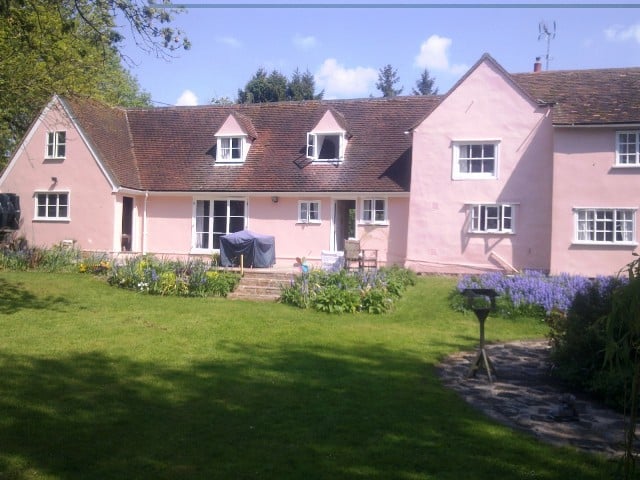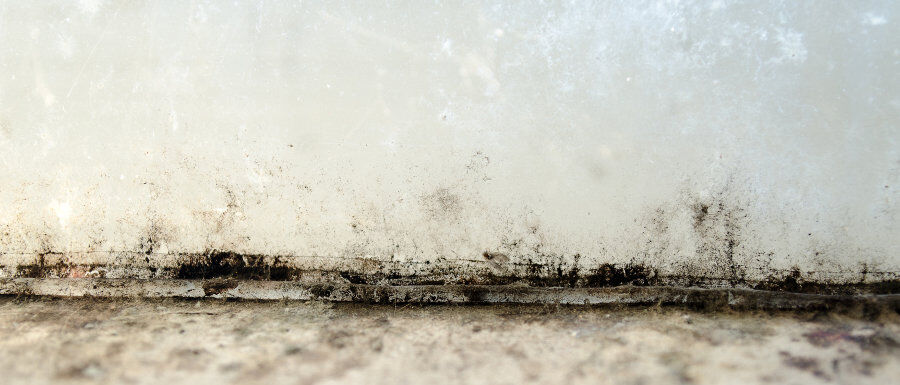It can be difficult to know whether you have rising or penetrating damp so let our 35 years of experience guide you to resolving a common household problem.
There are several factors to take into account, such as where the source of the problem is, and the moisture levels in the air around the home. Some causes of rising damp include condensation, leaking gutters or downpipes, or peeling wallpaper or paint.
You can also check for marks that indicate the presence of water, such as tide marks and capillary action.
Capillary action is often a cause of rising damp
Capillary action is the process by which moisture rises through building materials.
It occurs because of the forces of gravity and the interaction between water and mineral surfaces.
When moisture is present, stone and brick behave like sponges. They form cavities or capillaries. The capillary structure varies in thickness and diameter.
Rising damp will only rise about 4 or 5 feet off ground level. This is because of the “water table” and gravity. If you have damp in an upstairs room it is penetrating damp, not rising damp.
Smaller capillaries allow water to travel up the wall faster and stronger.
Rising damp is a common problem in older properties. In the “olden days” many homes, always solid walls with no cavity, had a rudimentary damp course of slates laid on top of the course of bricks whilst building the house.
In fact this method was introduced to the UK by the Romans, and many Roman ruins still in existence today show the signs of a slate damp proof course.

However, there are ways to combat the problem. For instance, you can install a physical Damp Proof Course.
These courses are usually installed at least six inches below the timber floor of the interior walls.
They are designed to prevent moisture from rising up the wall.
In many cases, a DPC is installed as the brickwork is being laid.
Here is a picture of a damp proof course being installed. (Image ©roofingsuperstore.co.uk)

A DPC such as this cannot be retro fitted, it has to be installed when the house is being built.
Condensation can be a serious problem in some homes
Condensation caused by rising or penetrating house damp is a common problem.
It can cause a number of problems, including mould growth, staining and health issues.
Luckily, there are a variety of solutions to deal with the problem.
An exterior wall coating fitted to your walls can help regulate moisture and eventually cure condensation.
The key is to improve ventilation and control the moisture in the air.

If you notice watermarks on your walls, you should investigate whether your house is suffering from condensation. Penetrating dampness can also occur through poor ventilation, plumbing or poor building maintenance.
Please note you cannot cure damp, condensation or mould by simply “opening a window”.
Rising damp is more common in wet weather.
It can damage your walls and even decay the timber in the frame.
You can also expect to see staining and a musty smell. In some cases, the damp can cause black mould to grow.
Peeling wallpaper or paint is a sign your house is damp.
Rising and penetrating house damp can cause a number of problems.
One of the most obvious signs is peeling wallpaper or paint.
If you have noticed any of these issues, it’s time to get it sorted. There are several ways to do this, so it’s important to know what to look out for.
Penetrating damp happens when water leaks through your walls or cracks.
It can be a structural issue, like a leaking pipe, or a plumbing problem.
Penetrating damp can also occur if you have a leak in your gutters. A good way to find out if you have a penetrating damp problem is to look for signs such as mould growth on your walls.
Another common sign is a visible stain on your wall. This can happen when damp evaporation leaves a salty deposit on the surface.
The most common cause of penetrating damp is a badly maintained exterior wall. If your walls have not been looked after, they lose their ability to repel the weather, leading to the wall acting like a sponge and sucking up water, which then travels into the inside of the house.
Tide marks are another sign of damp.
Tide marks on rising or penetrating house damp are a common sign of a damp problem.
They are formed as salts from the ground travel through the walls and wallpaper. This causes a visible stain, which is typically yellow or brown in colour.
The salts from the ground are drawn to the wall’s surface and deposit themselves onto the plaster.
If there is excess moisture in the wall, it can lead to wet rot and dry rot.
These problems can cause health complications as well as structural damage to the timbers of the house.
Other signs of rising damp include blistering paint, fading wallpaper, and peeling paint. These problems are often caused by a damaged damp proof course, but they can be caused by a range of other things.
Rising damp occurs usually when a DPC (damp proof course) has failed or in the case of very old homes, does not exist.
This can be cured by the injection of a chemical damp proof course.
Holes are drilled in the wall, both inside and outside and a chemical is literally injected into the wall, which rests on the top of a course of bricks and stops damp from rising.
Here is a picture of a typical DPC injection machine.

Leaky gutters or downpipes can also cause damp.
Gutters and downpipes play an important role in the health of a house.

If they are blocked or faulty, they can cause penetrating damp or rising damp.
These problems can be costly to fix and can affect the value of your home. It is important to identify the problem and to seek professional advice.
It is always a good idea to keep your gutters clean and free of debris, especially if your home is surrounded by trees. It is cheap and easy to find a gutter cleaning company, many can be found on Facebook.
Visually check your gutters and pipes for signs of leaking, you can usually spot green or brown stains on or around the leak. Again replacing broken pipes and gutters is fairly cheap.
The easiest way to find out if you have a leaking pipe or gutter is of course to wait until it rains, which living in the UK, you won’t have to wait around for a long time!
Penetrating house damp is usually caused by water leaking through the walls or dripping from the roof.
Usually, the leak is a result of a building defect.
This can be a structural issue, such as cracked or broken brickwork, or a failing weatherproofing material.
Rising damp is less common. It usually occurs in older buildings. If you find that you have penetrating house damp, you should get in touch with a specialist such as ourselves.
What services do we offer to cure the damp in your home?
We offer a range of wall coating systems which are guaranteed to stop damp in its tracks, AND keep the damp at bay for at least 20 years.
We have been damp proofing houses of all shapes and sizes, in all areas of the UK since 1986 so we do know a thing or 2 about damp and have a proven track record in this field.
There are many different types of wall coatings, some coloured, some clear coat, and even wall coatings that have proven to lower your home heating bills, so no matter damp issue your home suffers from, we have the perfect solution.
If your home is suffering from damp and you want the problem to be resolved once and for all, then get in touch with us today. Our phone lines are open 6 days a week.
We can be contacted on 0800 970 4928 or you can email us here and request a free damp survey.

